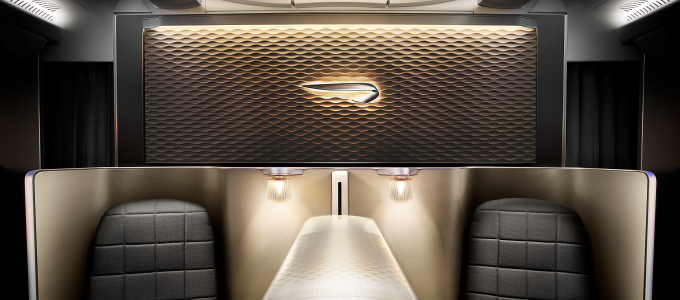AIM Altitude today announces that it has developed a pioneering autonomous lighting control device. The main application of the autonomous lighting dimmer (ALD) is for use in first and business class areas to enable feature lighting to be automatically dimmed to match the cabin environment, without any connection to either the aircraft IFE system or the aircraft cabin mood lighting system.
John Heath, group design and technical director at AIM Altitude, says: “AIM designed and developed the very first mood lighting to be used on passenger aircraft. It has now become in important way for airlines to provide differentiation and to set the atmosphere for their passengers. Being autonomous, our ALD system provides the airlines with great flexibility to add ambience to specific areas of the aircraft and to manage the cabin environment as required.”
The ALD system can accept discrete on/off inputs or can be used with AIM Altitude’s Light Sensor to automatically follow the intensity of the aircraft manufacturers’ cabin lighting system. ALDs can also used to control autonomous feature lights in first and business class monuments and in illuminated bulkhead feature panels. The ALD provides user-definable controlled dimming, with over 4,500 incremental steps.
AIM altitude’s ALD is unique in having electromagnetic emissions that meet the most stringent requirements of the Boeing 787 and Airbus A380 and A350 for LED cabin lighting in line-fit applications. The ALD is currently qualified for monument, bulkhead feature panel and premium seat applications in Boeing 787-8 and 787-9, for bulkhead feature panel and seat applications in Airbus A380 aircraft, and for premium seat applications in Airbus A350 aircraft.
The ALD is a single channel, single colour, 28v DC dimmer, intended for control of LED lights. It is able to power and control up to 2.5 amps (70 watts) of DC LED lights. This is sufficient, for example, for up to 12 metres of AIM Altitude’s white LED strip lights, with no connection to the aircraft lighting system.
AIM submitted a UK patent application for the ALD in 2014 and has also applied to protection in the rest of the EU and the USA.




